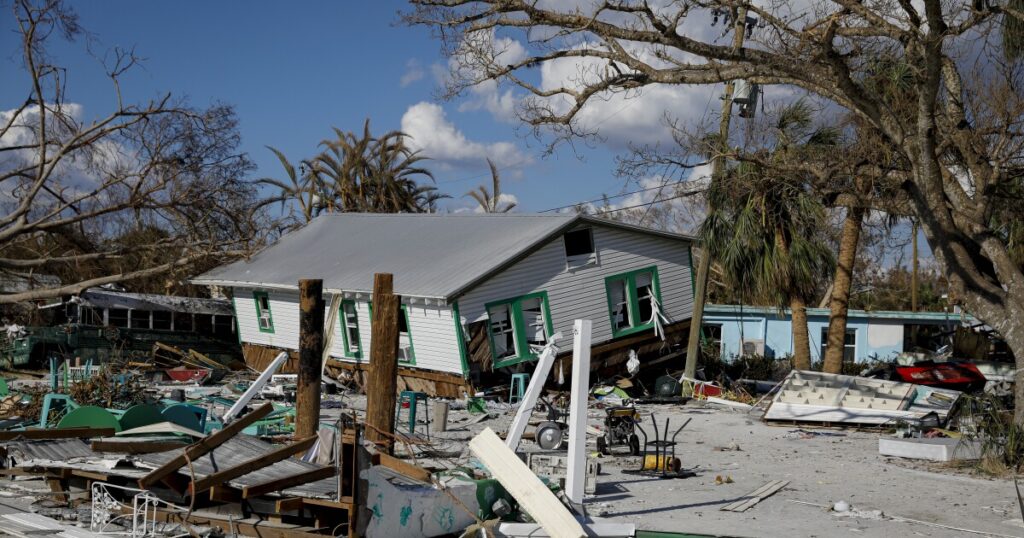Natural disasters to cause $151B in annual insurer losses

Enjoy complimentary access to top ideas and insights — selected by our editors.
(Bloomberg) –Urban expansion, property exposure and climate change could fuel a 40% increase in annual natural-catastrophe losses for the global insurance industry, according to a new report.
The annual loss could rise to $151 billion from the average annual loss of $106 billion reported over the past five years, according to the analysis by Verisk, a risk modeling firm. Of the projected $151 billion in losses, $119 billion are not related to crop damage.
“Although the largest single event is anticipated from a hurricane or an earthquake, severe convective storms, extra tropical storms, wildfires and floods are a significant part of the risk, accounting for a little more than half” of the modeled $119 billion loss, Verisk said.
The firm’s calculation suggests that climate change accounts for about 1% of the annual increase in losses, with exposure growth and inflation being the main contributors. Nonetheless, the impact of climate change “is expected to become more significant over the next few decades,” the report said.
Higher global temperatures affect all atmospheric perils, including tropical cyclones, but their impact is more immediate and pronounced on wildfires, floods and severe thunderstorms, according to Verisk.
While no single weather event caused more than $10 billion in losses for insurers last year, there were 37 thunderstorms that each cost at least $1 billion, according to an earlier report published by Aon Plc. That’s more than ever before and way above the average of 14 such storms in a single year, the insurance broker said.
The challenge for Verisk and its rivals is to accurately model thunderstorms and other modest-sized disasters that are occurring more frequently and causing more damage in aggregate.
While there’s good understanding of how a warming climate affects wildfires and floods, “the relationship with severe thunderstorms is scientifically less established,” Verisk said.





